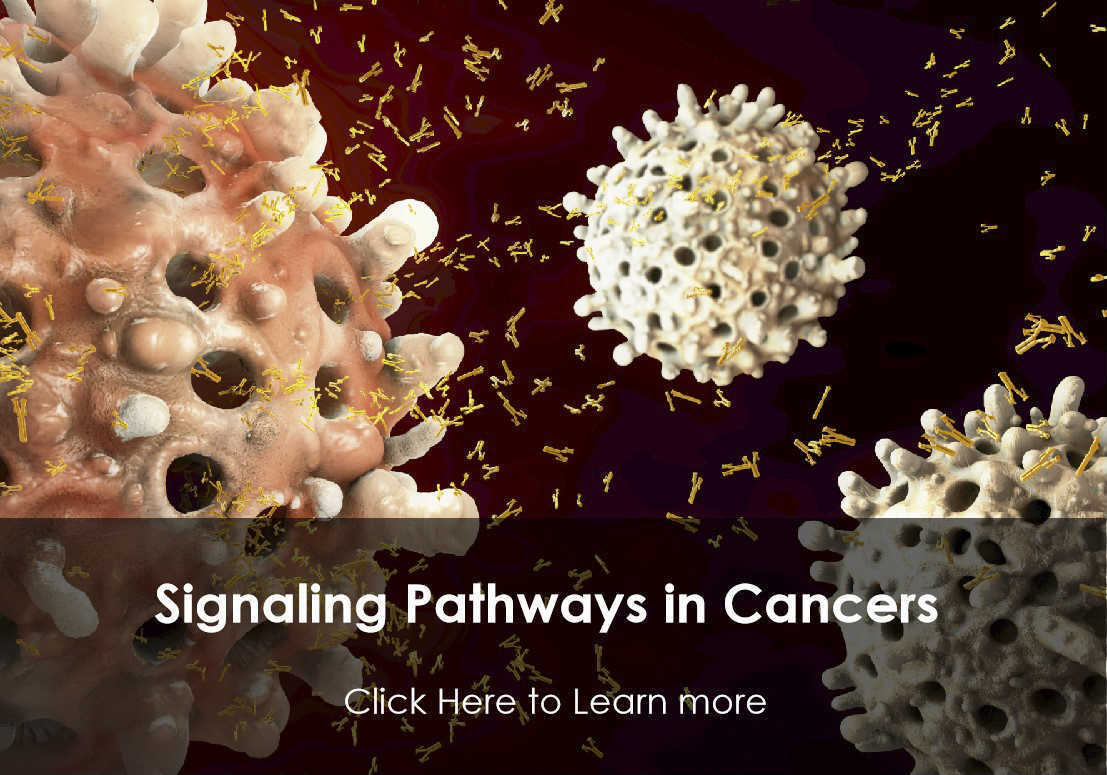OTOP1
This gene encodes a transmembrane protein which belongs to the otopetrin domain protein family and is required for the formation of otoconia and otoliths, calcium carbonate biominerals within the inner ear of mammals that are required for the detection of linear acceleration and gravity. This gene modulates purinergic control of intracellular calcium in vestibular supporting cells. Naturally occurring mutations in the orthologous mouse gene are associated with nonsyndromic otoconia agenesis and a consequent balance defect. The orthologous mouse gene is also induced in white adipose tissue during obesity. The encoded protein is a component of a counterinflammatory pathway that attenuates obesity-induced adipose tissue inflammation and plays an adaptive role in maintaining metabolic homeostasis in obesity.
Full Name
otopetrin 1
Function
Proton-selective channel that specifically transports protons into cells (PubMed:29371428).
Proton channel activity is only weakly-sensitive to voltage (By similarity).
Proton-selective channel activity is probably required in cell types that use changes in intracellular pH for cell signaling or to regulate biochemical or developmental processes (PubMed:29371428).
In the vestibular system of the inner ear, required for the formation and function of otoconia, which are calcium carbonate crystals that sense gravity and acceleration (By similarity).
Probably acts by maintaining the pH appropriate for formation of otoconia (By similarity).
Regulates purinergic control of intracellular calcium in vestibular supporting cells (By similarity).
May be involved in sour taste perception in sour taste cells by mediating entry of protons within the cytosol (By similarity).
Also involved in energy metabolism, by reducing adipose tissue inflammation and protecting from obesity-induced metabolic dysfunction (By similarity).
Proton channel activity is only weakly-sensitive to voltage (By similarity).
Proton-selective channel activity is probably required in cell types that use changes in intracellular pH for cell signaling or to regulate biochemical or developmental processes (PubMed:29371428).
In the vestibular system of the inner ear, required for the formation and function of otoconia, which are calcium carbonate crystals that sense gravity and acceleration (By similarity).
Probably acts by maintaining the pH appropriate for formation of otoconia (By similarity).
Regulates purinergic control of intracellular calcium in vestibular supporting cells (By similarity).
May be involved in sour taste perception in sour taste cells by mediating entry of protons within the cytosol (By similarity).
Also involved in energy metabolism, by reducing adipose tissue inflammation and protecting from obesity-induced metabolic dysfunction (By similarity).
Biological Process
Biomineral tissue developmentIEA:UniProtKB-KW
Cellular response to insulin stimulusISS:UniProtKB
Detection of gravityIEA:Ensembl
Inner ear morphogenesisManual Assertion Based On ExperimentIBA:GO_Central
Negative regulation of interferon-gamma-mediated signaling pathwayISS:UniProtKB
Proton transmembrane transportManual Assertion Based On ExperimentIDA:UniProtKB
Cellular response to insulin stimulusISS:UniProtKB
Detection of gravityIEA:Ensembl
Inner ear morphogenesisManual Assertion Based On ExperimentIBA:GO_Central
Negative regulation of interferon-gamma-mediated signaling pathwayISS:UniProtKB
Proton transmembrane transportManual Assertion Based On ExperimentIDA:UniProtKB
View more
Anti-OTOP1 antibodies
+ Filters
 Loading...
Loading...
Target: OTOP1
Host: Mouse
Antibody Isotype: IgG2a, κ
Specificity: Human
Clone: 5E3
Application*: E, WB
More Infomation
Hot products 
-
Mouse Anti-BIRC3 Recombinant Antibody (315304) (CBMAB-1214-CN)

-
Armenian hamster Anti-CD40 Recombinant Antibody (HM40-3) (CBMAB-C10365-LY)

-
Mouse Anti-C5AR1 Recombinant Antibody (R63) (CBMAB-C9553-LY)

-
Rat Anti-CCR2 Recombinant Antibody (475301) (CBMAB-C1338-LY)

-
Mouse Anti-BPGM Recombinant Antibody (CBYY-1806) (CBMAB-2155-YY)

-
Mouse Anti-C4B Recombinant Antibody (CBYY-C2996) (CBMAB-C4439-YY)

-
Mouse Anti-AQP2 Recombinant Antibody (E-2) (CBMAB-A3358-YC)

-
Mouse Anti-ADIPOR2 Recombinant Antibody (V2-179983) (CBMAB-A1369-YC)

-
Mouse Anti-CAPZB Recombinant Antibody (CBYY-C0944) (CBMAB-C2381-YY)

-
Rat Anti-4-1BB Recombinant Antibody (V2-1558) (CBMAB-0953-LY)

-
Mouse Anti-ASTN1 Recombinant Antibody (H-9) (CBMAB-1154-CN)

-
Rabbit Anti-ABL1 (Phosphorylated Y185) Recombinant Antibody (V2-443434) (PTM-CBMAB-0001YC)

-
Mouse Anti-ADRB2 Recombinant Antibody (V2-180026) (CBMAB-A1420-YC)

-
Rabbit Anti-BAD (Phospho-Ser136) Recombinant Antibody (CAP219) (CBMAB-AP536LY)

-
Mouse Anti-EGR1 Recombinant Antibody (CBWJZ-100) (CBMAB-Z0289-WJ)

-
Mouse Anti-ENO2 Recombinant Antibody (H14) (CBMAB-E1341-FY)

-
Mouse Anti-CCL18 Recombinant Antibody (64507) (CBMAB-C7910-LY)

-
Mouse Anti-DLL4 Recombinant Antibody (D1090) (CBMAB-D1090-YC)

-
Mouse Anti-AP4E1 Recombinant Antibody (32) (CBMAB-A2996-YC)

-
Mouse Anti-ACVR1C Recombinant Antibody (V2-179685) (CBMAB-A1041-YC)

For Research Use Only. Not For Clinical Use.
(P): Predicted
* Abbreviations
- AActivation
- AGAgonist
- APApoptosis
- BBlocking
- BABioassay
- BIBioimaging
- CImmunohistochemistry-Frozen Sections
- CIChromatin Immunoprecipitation
- CTCytotoxicity
- CSCostimulation
- DDepletion
- DBDot Blot
- EELISA
- ECELISA(Cap)
- EDELISA(Det)
- ESELISpot
- EMElectron Microscopy
- FFlow Cytometry
- FNFunction Assay
- GSGel Supershift
- IInhibition
- IAEnzyme Immunoassay
- ICImmunocytochemistry
- IDImmunodiffusion
- IEImmunoelectrophoresis
- IFImmunofluorescence
- IGImmunochromatography
- IHImmunohistochemistry
- IMImmunomicroscopy
- IOImmunoassay
- IPImmunoprecipitation
- ISIntracellular Staining for Flow Cytometry
- LALuminex Assay
- LFLateral Flow Immunoassay
- MMicroarray
- MCMass Cytometry/CyTOF
- MDMeDIP
- MSElectrophoretic Mobility Shift Assay
- NNeutralization
- PImmunohistologyp-Paraffin Sections
- PAPeptide Array
- PEPeptide ELISA
- PLProximity Ligation Assay
- RRadioimmunoassay
- SStimulation
- SESandwich ELISA
- SHIn situ hybridization
- TCTissue Culture
- WBWestern Blot

Online Inquiry







